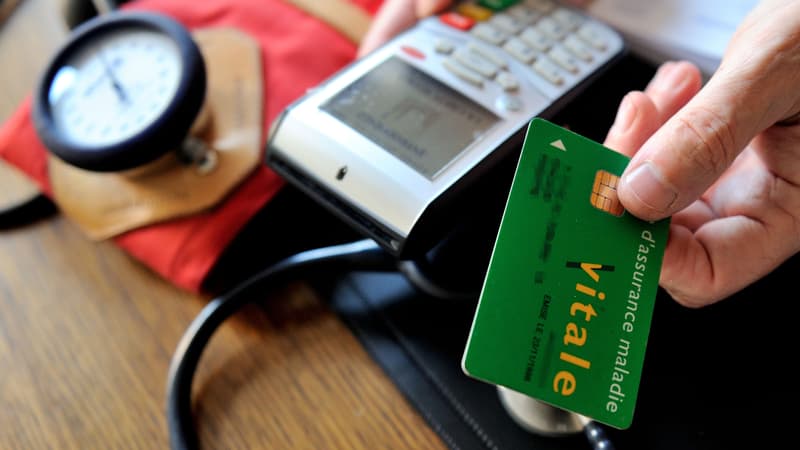Inflated at the beginning of the health crisis due to the lower use of care, the surpluses of complementary health insurance have melted by more than 90%, to 49 million euros in 2021, according to a report published this Friday. The Covid also hit the accounts of the complementary health insurance. After a year 2020 marked by a double drop in contributions and benefits, resulting in a record surplus of 637 million, the year 2021 was that of the “backlash”, indicates the DREES in its annual report on the sector.
“Catch-Up Effect”
The statistics service of the social ministries reports a 3.1% rise in contributions, with 39.4 billion euros collected, while reimbursements have skyrocketed, with an increase of 6.1% to 31.6 billion linked to “a catch-up effect (…) in the consumption of medical care and goods”. After discounting 20% of “management expenses”, assiduously criticized by consumer associations, the 417 organizations in the sector have generated a ” almost zero technical result” of 49 million euros, “the lowest since 2011”, date of the first DREES studies on the subject.
In an increasingly concentrated market – four times fewer players in 20 years – insurance companies have often done well, with 143 million in profits and a growing market share (36% of premiums), while mutuals (47%) and pension institutions (17%) registered overall loss results.
Source: BFM TV


